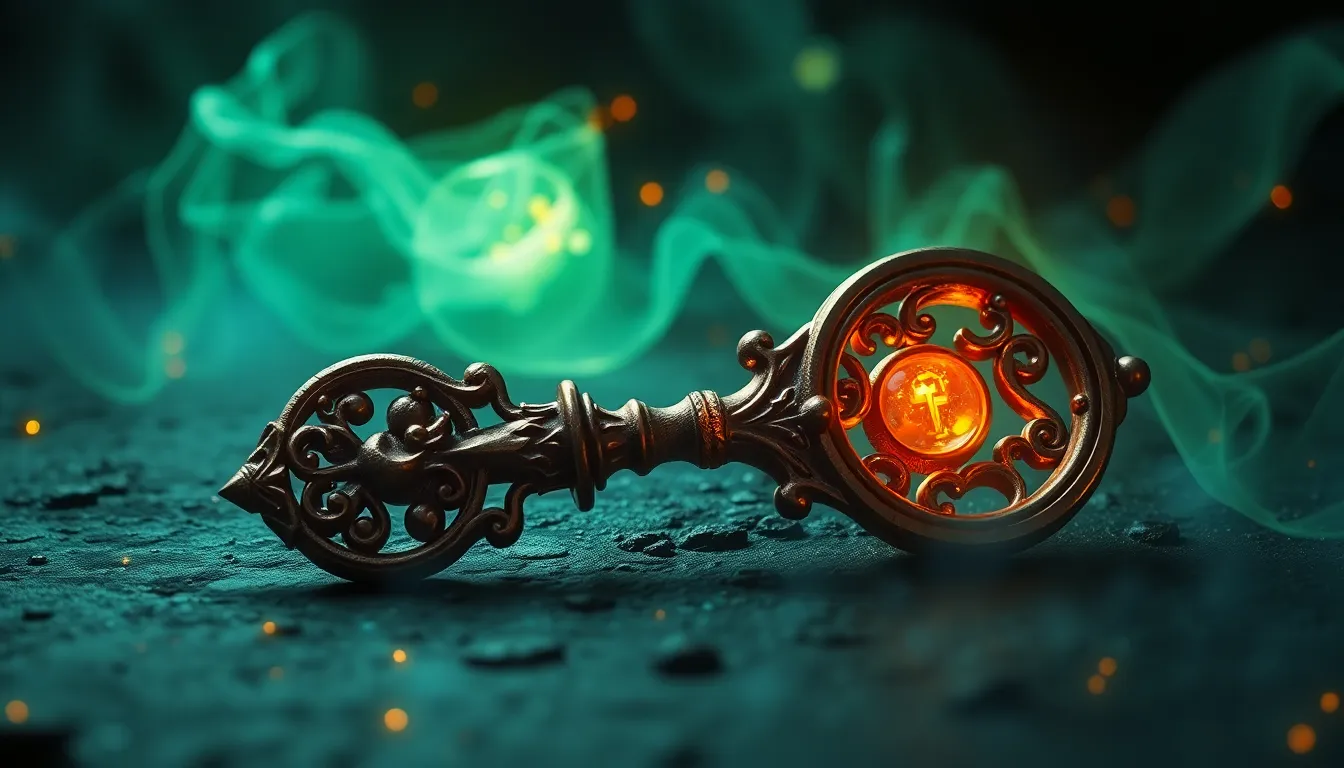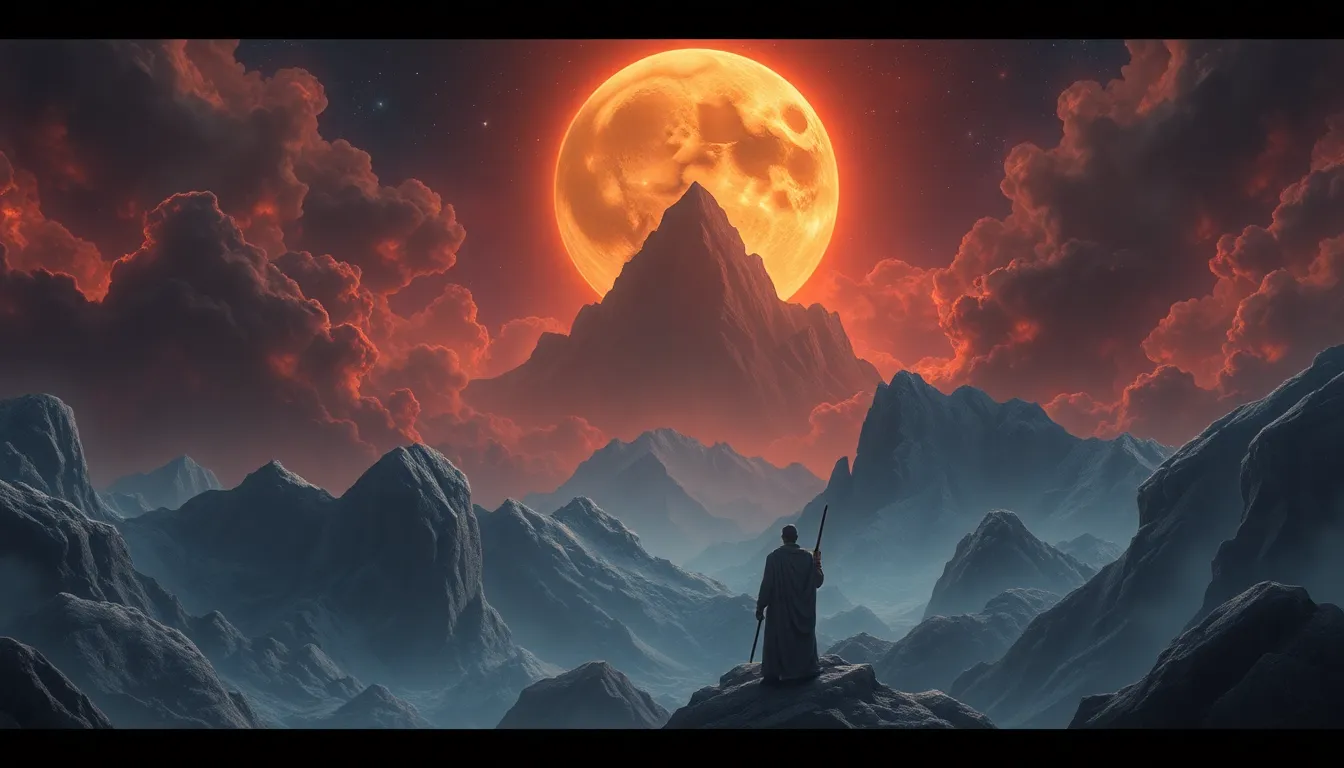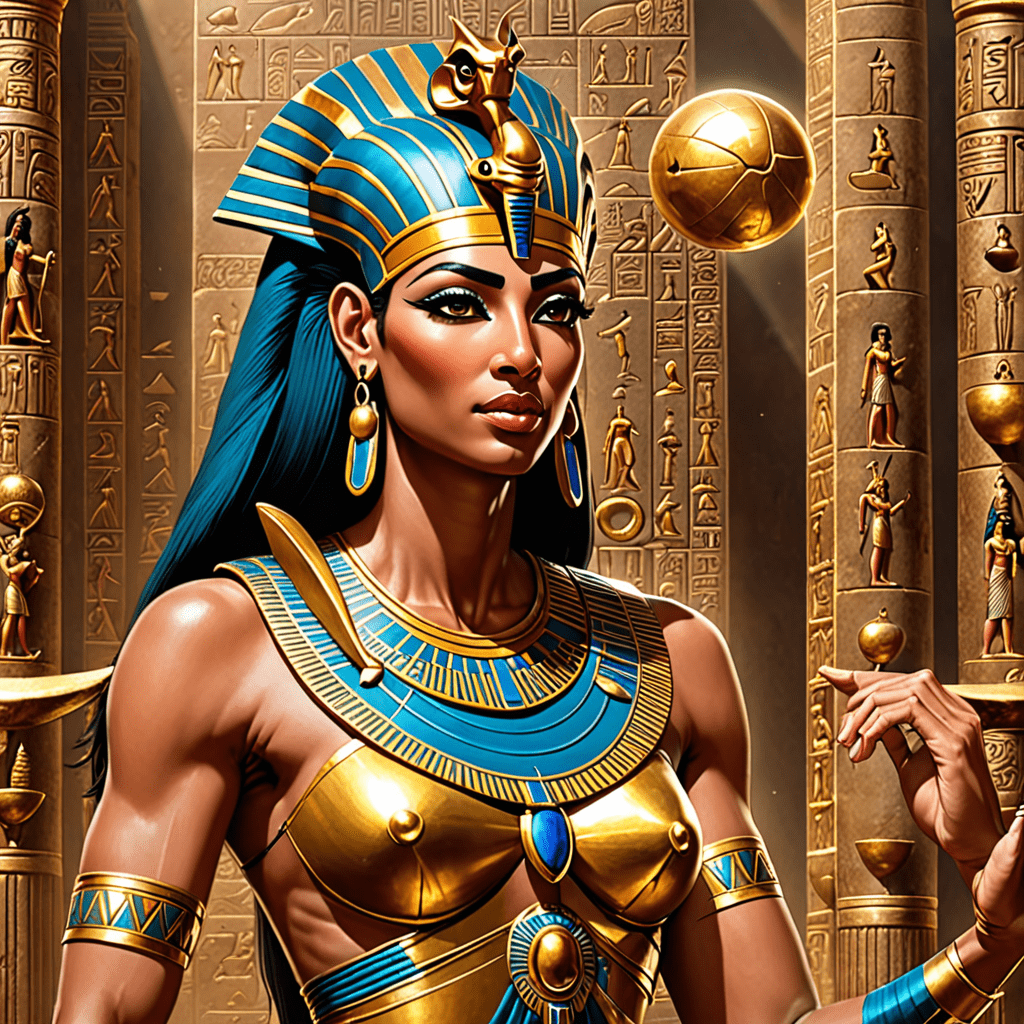From Yggdrasil to Hel: Tracing the Path of Níðhöggr
I. Introduction
Norse mythology, rich with tales of gods, giants, and fantastical creatures, presents a vivid tapestry of beliefs and stories that have captivated imaginations for centuries. Central to this mythos is Níðhöggr, a dragon-like creature that embodies chaos and destruction while playing a crucial role in the cycle of life and death.
This article seeks to explore the journey of Níðhöggr through the mythological realms of Norse cosmology, tracing its significance from the roots of Yggdrasil to the depths of Hel. By examining Níðhöggr’s attributes and relationships, we can gain a deeper understanding of its place within the broader context of Norse beliefs.
II. The Roots of Yggdrasil: The Cosmic Tree
At the center of Norse cosmology stands Yggdrasil, the World Tree, an immense and central sacred tree that connects the nine realms of existence. Yggdrasil is not merely a tree; it symbolizes the interconnectivity of all life, the cycle of existence, and the perpetual struggle between order and chaos.
Níðhöggr resides at the roots of Yggdrasil, gnawing at its base, which represents a significant aspect of its role in the mythology. This creature embodies the destructive forces that threaten life and stability. Its presence at the roots symbolizes decay and the inevitability of death, illustrating the notion that destruction is a precursor to renewal.
The symbolism of Níðhöggr extends beyond mere destruction; it reflects the cyclical nature of life, death, and rebirth. As it consumes the roots of Yggdrasil, it signifies the necessary dissolution required for new growth and transformation, resonating with the Norse belief in the interconnectedness of all things.
III. Níðhöggr’s Relationship with the Dead
Níðhöggr is often associated with Hel, the realm of the dead, and serves as a creature of the underworld. This connection is pivotal in understanding its role within Norse mythology. As a devourer of the dead, Níðhöggr consumes the souls of those who find their final resting place in Hel, highlighting its association with death and the afterlife.
The souls that Níðhöggr consumes represent the lost and the forgotten, those who did not achieve glory in life. This relationship reinforces the Norse belief that death is not an end but a transition to another existence, where the actions of the living carry consequences into the afterlife.
Thus, Níðhöggr serves as a reminder of mortality and the significance of one’s life choices, reinforcing the notion that honor and valor are essential in the Norse worldview.
IV. The Dragon as a Symbol of Chaos and Destruction
Níðhöggr is fundamentally a chaotic figure in Norse mythology, embodying the forces that threaten to disrupt order and stability. Its very nature as a dragon aligns it with other mythological serpents and dragons known across various cultures, often representing chaos, destruction, and sometimes, the unknown.
- Chaos: Níðhöggr represents the chaotic elements inherent in life, reminding humanity of the fragility of existence.
- Destruction: As it gnaws at the roots of Yggdrasil, Níðhöggr symbolizes the destructive forces that are as vital to existence as creation itself.
- Fear: The dragon embodies the fears and challenges of the Norse people, reflecting their struggles against the harsh realities of their environment.
When compared to other mythological dragons, such as those found in Chinese or Mesoamerican cultures, Níðhöggr’s role as a harbinger of chaos and its close ties to death highlight the unique perspectives within Norse mythology.
V. The Journey to Hel: Níðhöggr’s Path
Hel, in Norse mythology, is the realm where the dead reside, governed by the goddess of the same name. The significance of Hel lies in its representation of the afterlife, a place where souls journey based on their deeds in life. Níðhöggr’s role in this journey is crucial; as it consumes the souls, it embodies the transition from life to death.
The symbolic journey of Níðhöggr from Yggdrasil to Hel illustrates the Norse understanding of mortality:
- Life: The roots of Yggdrasil signify the beginning of existence.
- Death: Níðhöggr represents the end, consuming the remnants of life.
- Afterlife: Hel serves as the final destination for the souls, where they confront their existence.
This journey emphasizes the cyclical nature of life, portraying how death is an integral part of existence that leads to transformation and renewal.
VI. Cultural Interpretations and Legacy
Níðhöggr has been referenced in various medieval texts, including the Poetic Edda and the Prose Edda, where its actions and character are explored in depth. These interpretations shaped the understanding of Níðhöggr as a creature of chaos and death, reinforcing its symbolic meanings.
In modern literature and popular culture, Níðhöggr’s legacy continues to thrive. It appears in various forms, from fantasy novels to video games, often used to represent dark, chaotic forces. As society evolves, so does the perception of Níðhöggr, reflecting contemporary themes of destruction, rebirth, and the duality of life and death.
VII. Comparative Mythology: Níðhöggr and Other Mythical Creatures
When examining Níðhöggr alongside dragons and serpents from other cultures, similarities arise that enhance our understanding of its character:
- Chaos and Order: Like the Chinese dragon, which can represent both chaos and benevolence, Níðhöggr embodies the dual nature of destruction and creation.
- Transformation: Similar to the Aztec serpent god Quetzalcoatl, who symbolizes life and death, Níðhöggr’s role reflects the universality of themes surrounding rebirth.
- Mythical Symbolism: Across cultures, dragons often symbolize power, mystery, and the unknown, themes that resonate with Níðhöggr’s portrayal.
These comparisons reveal a shared human fascination with the forces of chaos and the cycles of life, demonstrating how different cultures interpret these themes uniquely yet similarly.
VIII. Conclusion
In tracing the path of Níðhöggr from the roots of Yggdrasil to the depths of Hel, we uncover profound insights into Norse cosmology and the interconnectedness of life and death. Níðhöggr serves as a powerful symbol of chaos and destruction, representing the inevitable decay that precedes renewal.
As we explore its relationships with the dead and its role in mythology, it becomes evident that Níðhöggr embodies the fears, struggles, and beliefs of the Norse people. Its legacy continues to influence modern interpretations of mythology, showcasing the timeless relevance of these ancient tales.
Ultimately, Níðhöggr stands as a testament to the enduring power of myth, illustrating the complexities of existence and the intricate dance between life and death.




